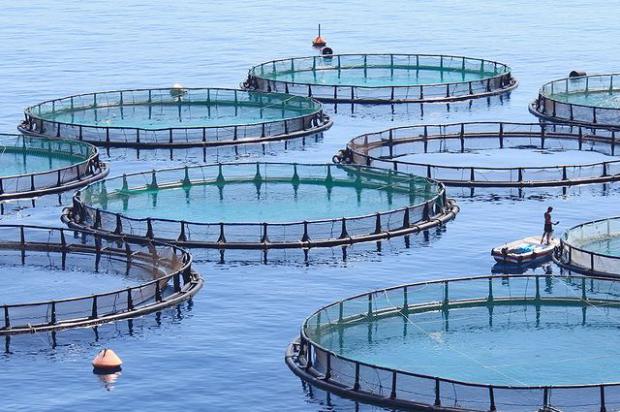
Breaking News
 Billionaire Businessman Reflects on 'Not Hard' Decision to Leave Crime-Ridden Chicago
Billionaire Businessman Reflects on 'Not Hard' Decision to Leave Crime-Ridden Chicago
 China's Mineral Power Play Will Succeed--Until It Doesn't
China's Mineral Power Play Will Succeed--Until It Doesn't
 Individualism and Self-Determination in the American Tradition
Individualism and Self-Determination in the American Tradition
 Gold's OMINOUS Warning: A Global Monetary Reset That'll BLINDSIDE Americans
Gold's OMINOUS Warning: A Global Monetary Reset That'll BLINDSIDE Americans
Top Tech News
 3D Printed Aluminum Alloy Sets Strength Record on Path to Lighter Aircraft Systems
3D Printed Aluminum Alloy Sets Strength Record on Path to Lighter Aircraft Systems
 Big Brother just got an upgrade.
Big Brother just got an upgrade.
SEMI-NEWS/SEMI-SATIRE: October 12, 2025 Edition
 Stem Cell Breakthrough for People with Parkinson's
Stem Cell Breakthrough for People with Parkinson's
 Linux Will Work For You. Time to Dump Windows 10. And Don't Bother with Windows 11
Linux Will Work For You. Time to Dump Windows 10. And Don't Bother with Windows 11
 XAI Using $18 Billion to Get 300,000 More Nvidia B200 Chips
XAI Using $18 Billion to Get 300,000 More Nvidia B200 Chips
 Immortal Monkeys? Not Quite, But Scientists Just Reversed Aging With 'Super' Stem Cells
Immortal Monkeys? Not Quite, But Scientists Just Reversed Aging With 'Super' Stem Cells
 ICE To Buy Tool That Tracks Locations Of Hundreds Of Millions Of Phones Every Day
ICE To Buy Tool That Tracks Locations Of Hundreds Of Millions Of Phones Every Day
 Yixiang 16kWh Battery For $1,920!? New Design!
Yixiang 16kWh Battery For $1,920!? New Design!
 Find a COMPATIBLE Linux Computer for $200+: Roadmap to Linux. Part 1
Find a COMPATIBLE Linux Computer for $200+: Roadmap to Linux. Part 1
Current aquaculture tech could provide 100 times current seafood consumption

However, as would be predicted by metabolic theory, many of the areas with the highest GPI were located in warm, tropical regions. The total potential production is considerable: if all areas designated as suitable in this analysis were developed (assuming no further economic, environmental or social constraints), they estimate that approximately 15 billion tonnes of finfish could be grown every year—over 100 times the current global seafood consumption.
Ocean aquaculture is already the fastest-growing food sector, but a lot of work remains to reach its vast potential. There are a few difficult barriers to overcome. In some countries, including the United States, a network of regulations makes it challenging to establish even a single farming operation, the researchers said. In other places, lack of regulation leads to environmental destruction — concentrated waste from poorly managed or designed operations can severely pollute waters and coastal areas.
Also, ocean aquaculture needs to compete in the marketplace and turn a profit, and farming in the open ocean is trickier than doing so close to shore, requiring extra investment. "It takes some engineering to be able to withstand waves and currents," Gentry said. "The offshore environment can be a pretty brutal place. Having strong infrastructure is taking some time to get going."



